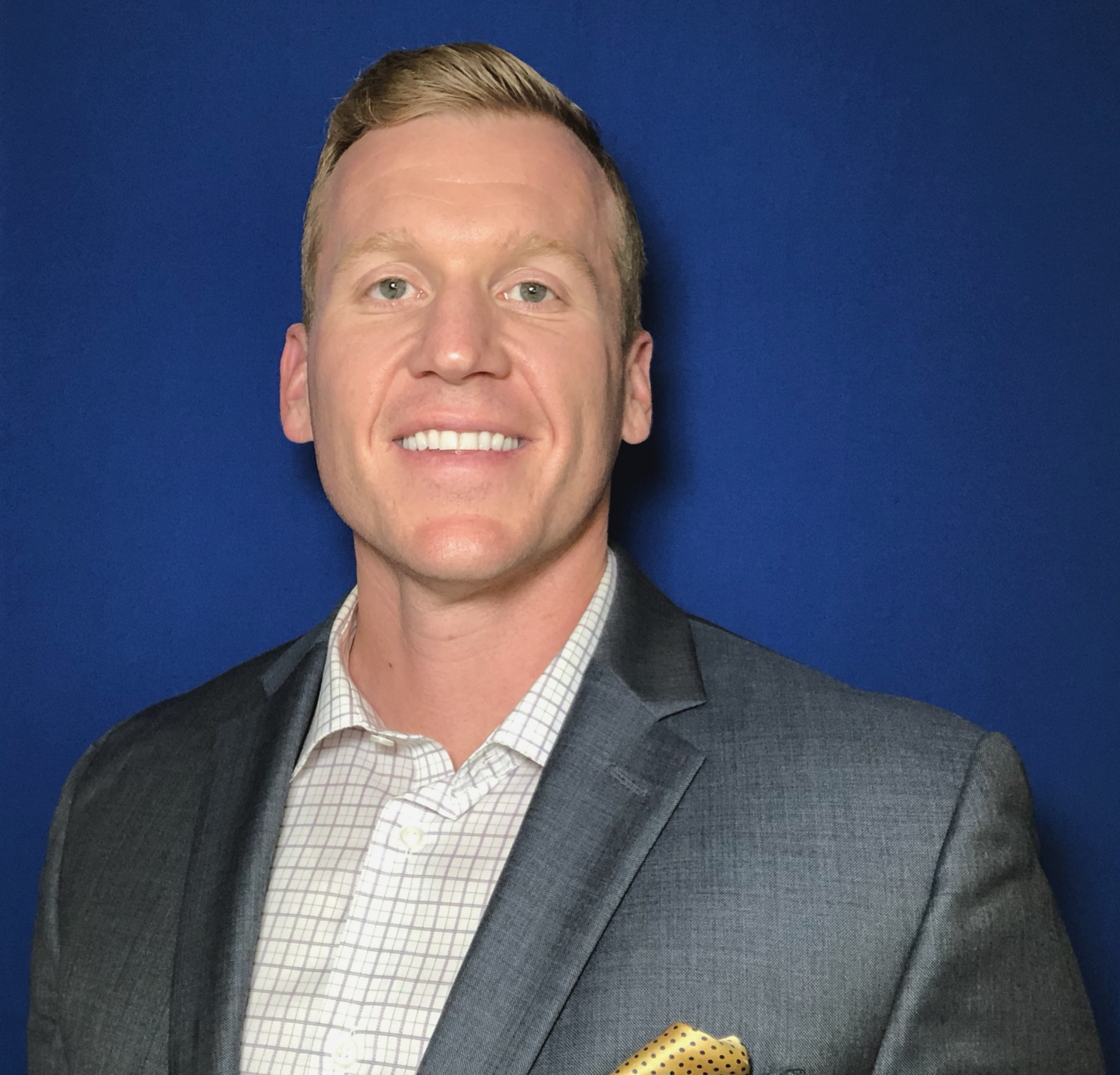How To Find The Truth In Any Situation, Even In A World Of Lies
I used to dangerously struggle with labeling my assumptions as a fact.
Often, my emotions weren't far behind, trying to control what I felt was the truth versus the actual truth. It's an easy mistake, and we all make it.
Our emotions pull us down a hole of one-sided, cloudy thinking and try to keep us there.
In the past, I'd get so caught up in the toxic trap of assuming people's intent. I have thousands of examples of me trying to convince myself to believe I knew people's core motivations based on a hunch—an assumption, which is one of the biggest failures in truth-seeking; assuming intentions.
"He did this because of that."
Or, "She said this because she thinks that."
People are always trying to project intentions.
Sometimes my assumptions or hunches are correct.
Like, when I felt an employee was exporting all our company data based on specific behaviors I observed.
I drove myself nuts assuming what he was doing and why he was doing it. Finally, after stirring up my emotions, I confronted him.
I walked to his office and asked, "I know you're exporting company data; where's the flash drive you're storing it on?" He denied it, and I asked him to step away from his desk while I found it.
And I did. Vendors, customers, everything—which also shows that our technology infrastructure was weak in the early days.
I escorted him out of the office, never to see him again.
I liked him. I enjoyed working with him. Hell, we shared hotel rooms at industry conferences.
This messed with me mentally.
In the months following, I continued to assume all sorts of scenarios—which always took me to dark places.
Was my initial assumption right? Yes, about what he was doing, but everything else, I had no damn clue.
Truth-seeking is often a game of not looking at facts.
But facts are what get you closer to the truth.
Facts are facts for as long as their facts, whether you like them or not.
People struggle with facts.
Why? Because of human domestication. They would like to mold facts to conform to what they believe is true, but that's not how life works. Life is "uncertain. It's uncomfortable. It doesn't really care whether we really want or need something," writes Ryan Holiday. It doesn't care about us at all; it just is.
We're "seduced by an idea and not liking some element of reality is powerful enough to will it to be different."
But it's not.
Nothing is powerful enough because most things are what they are. We have to accept the reality that not everything will bend to fit what we want to be true.
As the Stoics say, facts are facts—fate, fortune, or death have no care for your opinion.
"Facts don't care how hard they are. Just because you can't bear something doesn't mean it doesn't have to be borne. Just because you have an opinion—or a need—doesn't mean it's relevant."
That's a fact!
The limitations of truth.
People seeking truth often get it wrong.
They look for things that fit the narrative they've painted in their minds. And most people seeking truth lack specific criteria to confirm what is true and what is false.
They're guessing.
"In the absence of such a criterion, what matters is whether a person has solid arguments and coherent reasoning," writes Maarten Van Doorn.
A great example is a husband and wife bickering about who said what.
After work, the husband went to the pub to grab some drinks with the fellas. The wife believes he told her he'd come home after work to cook and eat together. Sure, there's an actual truth, but each person will defend what they believe.
Instead, what's more important is asking:
"Does her thinking make sense? Does she have good arguments?"
Instead of bickering back and forth, it's best to see the other side, agree to disagree, and work on a beautiful relationship.
We all work hard to defend our version of the truth, which Fs everything up.
It's a constant battle with selective perception.
We're all human.
Well, you might be, but a select few reading this are questionable. Being human means being subject to the same psychological biases as everyone else. Facts, therefore, are affected by our values and beliefs.
This results in what psychologists call selective perception.
But it's what Don Miguel Ruiz calls Human Domestication in the book, The Four Agreements.
As children, we're taught to live and believe a certain way. We live in a dream; "the dream of the planet includes all of society's rules, its beliefs, its laws, it's religions, its different cultures and ways to be, its governments, schools, social events, and holidays."
Through domestication, we learn how to live and how to dream.
Over time, "the information from the outside dream is conveyed to the inside dream, creating our whole belief system." We then lose ourselves, becoming something we're not. "We become a copy of Mamma's beliefs, Daddy's beliefs, society's beliefs, and religion's beliefs."
We continue to domesticate ourselves according to our belief systems, like a self-fulfilling prophecy.
And this same behavior is how we judge what's true and what's not.
When it comes to real-world complexities, people get into trouble because they see very different things when looking at the same event.
How to find the truth.
Never silo your inputs.
The problem with seeking the truth today is that much of what people consume is made to confirm their beliefs.
Their beliefs are like a purring cat that will do anything to get pet, over and over again. The purring vortex is strong. They believe in something, and all they consume helps confirm that belief.
And the troubling part is, most of us don't realize it's happening.
We have our favorite video channels.
We read our favorite websites.
We click like on a social feed, and the algorithm, acting like another purring cat, feeds us more of what we like.
It's a vicious cycle that allows us only to see what we want to see.
The solution? Never silo your inputs.
Always compare competing claims.
Stephen Ceci recommends having "diverse fact-checkers work as members of an adversarial team, much like two sides in arbitration." When seeking the truth, you have to break through subjectivity.
You must "bring the evidence for competing claims front and center."
Another good idea is to steel man the other side.
A steel man is a practice of making your counterpoints argument stronger. You find the best form of an "opponent's" argument and argue it as if you agreed with that point of view.
Steel-manning expands your thinking and allows you to see things from multiple angles.
Then, you must always question, hypothesize, articulate, debate, and revise.
You should be able to explain and compassionately defend your stance but not with wholehearted conviction at first. Just because you saw something on Facebook doesn't mean it's a fact. You still need to do your truth-seeking research and find weaknesses in your argument.
Then, it's okay to revise or switch your views based on new evidence—or purely to steel man the other side.
The key to finding the truth is not letting what looks like the truth jade you into delusion.
You must seek both sides.
Always question your emotions, desires, and assumptions.
Your brain loves selective perception.
This bias molds what you think to be true from the actual truth. It pulls you into an unrealistic direction that has no bases in facts. You have to label these feelings and push them aside constantly.
When you're mad, you act on stupid decisions and make things worse.
When you're excited, you become easily jaded and manipulated.
Anytime you seek the truth, first label your feelings.
Ask yourself:
What am I feeling?
Why am I feeling this way?
And always pause.
Distance yourself from your feelings and the decision you need to make. If you're mad, give yourself time to work through the emotion.
This could be days, hours, or weeks, but you should never make a decision based purely on emotion.
Your emotions are fleeting and unreliable.
Look at behaviors, not words.
It's easy to lie with words.
Words are used deceitfully every day as a way for people to get what they want, big or small. So, to spot a lie, you need to learn to spot people's "tell," which is a demonstrative way people accidentally reveal their lies.
This requires being incredibly observant.
A tell is unique to individual characteristics.
It can be wearing socks, when you know someone sleeps barefoot, someone who runs their hands through their hair, an eye twitch, or the break of behavioral habits.
It often comes down to identifying deceitful body language.
Here are some common tells:
A familiar gesture everyone knows that exposes a lie is the inability to keep eye contact, so people overdue eye contact instead. They'll stare at you like an owl that spotted a mouse.
Excessive blinking occurs when people are crafting a lie; then, they'll quickly stop to maintain strict eye contact.
When looking to the right and up, the brain often uses an area that allows for creativity. In this instance, creativity to craft a lie.
Inconsistent body language is the ultimate tell. For example, when someone tells you they're fine as they clench their fists.
Some people will fidget in an attempt to release the nervous energy created by the crafting of their lies.
Don't just take people's word; look at the behaviors for the ultimate proof.
The truth can vary widely based on who you're talking to.
But, the best thing you can do to continue developing your truth-seeking ability is to study human behavior and improve your verbal and non-verbal communication skills.
The truth is never far away if you learn how to find it.








